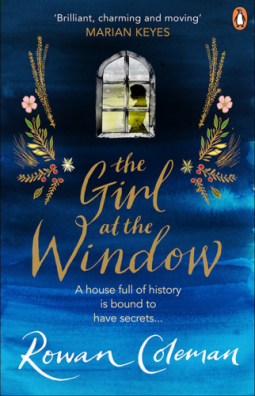Hello lovely Literature Love followers. It’s been quite a while since my last blog, so thank you for sticking with me. It’s truly appreciated!
As some of you may know, I’ve been working on a Creative Writing MA at the University of Bristol, which has taken up quite a lot of my time! The good news is that now my academic journey is (maybe) complete I finally have the time to work on the exciting writing projects that I have planned – including finishing the psychological thriller novel I was working on for the MA. It also means I have lots of literary knowledge to share!
Over the next few months, I will share some of the elements of craft that I have learned over the course of my two writing degrees, as well as my picks for the best fiction and non-fiction books that have helped to hone my own writing skills.
The first literary device that I want to share is narrative point of view. This is something I feel I mastered quite well before the MA, having studied it as part of my BA for the Open University’s modules in ‘Advanced Creative Writing’, and also ‘Telling Stories – The Novel and Beyond’. I received 97% for my essay on this topic, so is probably a good place to start…

Point of View v Perspective
Before I go into the details of the five types of narrator, it is worth looking at the difference between ‘point of view’ and ‘perspective’. Many people use these two literary terms interchangeably; however, they are slightly different and each type of narrator will include both:
- Point of view is who is telling the story.
- Perspective is whose interpretation of events.
Types of Narration
1. First Person
Point of view: The character (usually protagonist) tells their own story.
Perspective: It is the character’s interpretation of events.
The lens is placed inside of the character’s head and the narrative portrays how they see the world (opposed to how the world sees them). The benefits of this are that the reader is placed directly in the character’s shoes. The narrator can give an unfiltered experience, relaying thoughts and feelings first-hand.
However, first-person narrators cannot access the thoughts and feelings of any other person. They only know what is happening from their own perspective. As in real life, you only know your own thoughts and you can only experience your own pain. You do not know what the person next to you is thinking or feeling. It is the same for the first-person narrator.
By extension, first-person narrators can only know information they have witnessed. For example, I do not know what is going on in the house next door or any other house anywhere in the world, because I am not there. But I can say what happened in the place I was in an hour ago, or last week, or last year, or thirty years ago – because I was there. However, this would be my personal interpretation of what happened. Somebody else may view things differently. Time can also alter our interpretation of events. This can question how reliable the narrator is and is one reason first-person narrators are often used for protagonists in psychological thrillers, particularly when past and present timelines are involved.
2. Second Person
Point of view: Usually another character in the story – sometimes the antagonist.
Perspective: Narrator’s interpretation of events – also access to ‘you’.
Second-person narrators directly address one character (you). The use of ‘you’ pulls the reader into the story by making it feel that not only is the narrator talking to the reader, but events are happening to them, too.
While first-person narrators tell the story from an internal lens (and third-person narrators tell the story from an external one), the position of the second-person narrator is not so clear-cut. Like the internal first-person narrator, the second-person narrator addresses ‘you’ from their own perspective; but like the external focalised third-person narrator they can also access the thoughts and feelings of one other character (you). Imagine being able to see into the head of another person and being able to read all their thoughts and feelings. Now imagine you are talking to them and telling them what is going on in their head, or what they have done. You may know more about them than they do. You know what they know, but you also know what you know.
This point of view can work well for narratives that are highly emotive; for example, when the narrator is addressing somebody who has died or is no longer in their life. In these cases, the story is often relayed through internal thought with any dialogue presented as flashback.
It is also an effective literary device, adding layers of menace, when the narrator is the story’s antagonist who is addressing the protagonist. The narrator may be viewing from a distance, and the protagonist may not know they are being watched.
It can be difficult to sustain the second-person narrative for a whole novel. Instead, it is often used where the novel is structured around chapters that have alternate points of view. See below comments on narrative structure.
3. Third-person focalised (also known as limited)
Point of view: The (usually anonymous) narrator tells somebody else’s story.
Perspective: One character’s interpretation of events (usually the protagonist).
In contrast to how first-person narrators deliver the narrative through first-hand experience, by nature, all third-person narratives relay the perspective(s) of the character(s) through an external third-party, who is usually anonymous.
However, while the narrator is telling the story from an external perspective, that does not mean that internalisation of character cannot occur. The varying degrees of narrative distance is an attribute of the third-person narrator (focalised and omniscient), and while the lens is external it can zoom in so close that the point-of-view boundaries become blurred, mimicking features of the first-person narrative. This is known as free-indirect speech, where the narrator is listening-in to what the character is thinking in their head. The character’s thoughts, in their own idiolect, are revealed without the intervention of dialogue tags. Writers often format free-indirect speech through italics, although this is a personal preference or style rather than a must.
As its name suggests, the focalised third-person narrator focalises on one character. In a similar way to the first-person narrator, while they can see what other characters are doing (if they are present) they can only access the internal thoughts of the focal character and can only know what they know.
4. Third-person omniscient
Point of view: The narrator is separate from the story.
Perspective: Multiple – including the narrator’s interpretation of events.
The omniscient account is also told from an external lens, but instead of focalising on one protagonist, the field of vision is more of a drone-like view of the story. The narrator can manoeuvre between all characters – including access to their thoughts, feelings, and free-indirect speech.
Unlike the focalised narrator, the omniscient narrator is often intrusive, delivering the story through his/her own ‘god-like’ voice, and interjecting their own perspective. It can seem like the narrator is a character in their own right, albeit on the periphery of the story. Rather than how the character sees the world, the omniscient narrative is more concerned with how the world sees the characters. This can be used for dramatic effect when the narrator’s outlook is different to the character’s and juxtaposes with the character’s inner thoughts, particularly free-indirect speech.
This is one reason the omniscient narrator went out of fashion. This point of view was popular during the nineteenth century with authors such as Dickens and Tolstoy. However, with the all-knowing omniscient narrator being portrayed as ‘god-like’, and with the population being disenfranchised with religion following the atrocities of World War One, early twentieth-century literature was more focussed on the fractured mind of the individual. Society was becoming more concerned with how the individual saw the world, rather than how the world saw the individual.
It is worth mentioning ‘head-hopping’ here. While the omniscient narrator can access the thoughts and feelings of all characters, if the narrative is not clearly formatted it can become confusing as to whose perspective it is. It can also seem as if a character is entering the head of another character (only the third-person narrator can do this). Jumping from one character’s perspective to another too quickly also means there is no time for character development.
Example of omniscience v head hopping:
Omniscient: Jack wanted to go up the hill. He decided he would speak to Jill about it, see if she wanted to come, too. There was an old well at the top and they could fetch a pail of water while they were there.
Jill was lying on her bed reading. She’d had a busy week and was enjoying just chillaxing and having nothing to do. Her mobile bleeped. It was a text from Jack: Fancy coming up the hill it said. She threw her phone onto the bed and sighed. Drat. She was looking forward to meeting Humpty Dumpty later.
Notice that Jack and Jill have separate paragraphs. There is no confusion as to the two different perspectives.
Head hopping: Jack was in the park. He picked up his mobile and texted Jill who was lying on her bed reading. Fancy coming up the hill, he wrote. They would have fun fetching water from the old well. But Jill was more interested in meeting Humpty Dumpty.
This paragraph bounces backwards and forwards between Jack and Jill’s perspectives. The second sentence sounds as if Jack knows what Jill is doing, but only the omniscient narrator can know this. It is unclear whether the last sentence is Jack or Jill’s perspective.
Head hopping can also occur in focalised third-person and first person if the narrator jumps into the head of a character that it cannot technically access. No matter what point of view you are writing in, it needs to be clear who the point-of-view character is.
The best way to avoid head hopping is by structuring the narrative so different characters have their own scenes or chapters. As well as being a good way to structure the omniscient narrative, separate character chapters also work well for any point of view – and do not have to be the same point of view type throughout. It is popular for psychological thrillers to have a first-person narrator for the protagonist, and third-person focalised narrators for other characters. With the first-person narrator placed inside the head of the protagonist, and the third-person focalised narrator sitting just outside for other characters, this highlights the narrative distance and makes it clear who the reader should route for. It can also forge elements of dramatic irony between what the protagonist thinks is going on, and what other characters know.
5. Third-person observer (fly on the wall)
Point of view: The narrator is separate from the story.
Perspective: The narrator’s interpretation of events.
The third-person observer is similar to the omniscient narrator but has a much wider narrative lens. The narrator can only cinematically view events externally, like a fly on the wall. They cannot zoom in to access internal thoughts or feelings and cannot engage in free-indirect speech.

Visit https://www.literaturelove.co.uk/ for our full site
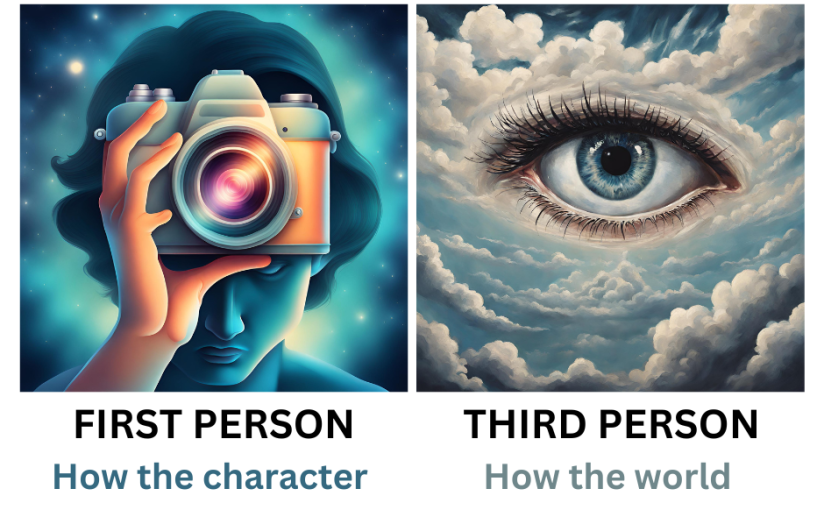



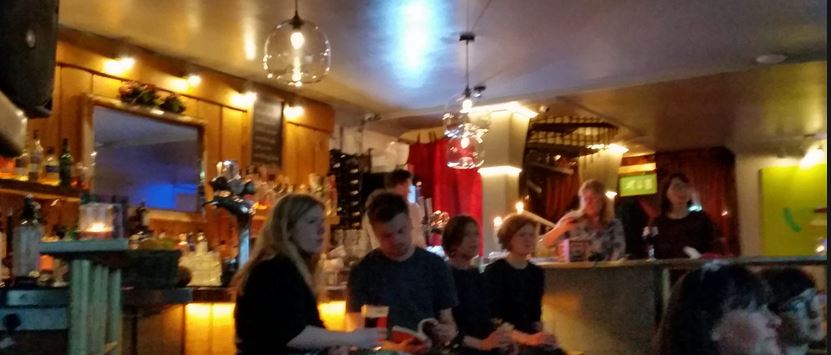

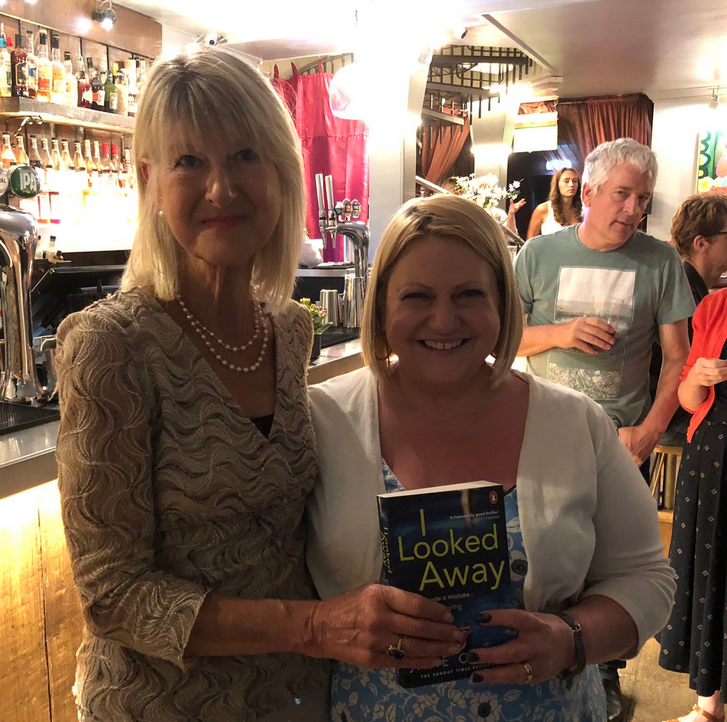
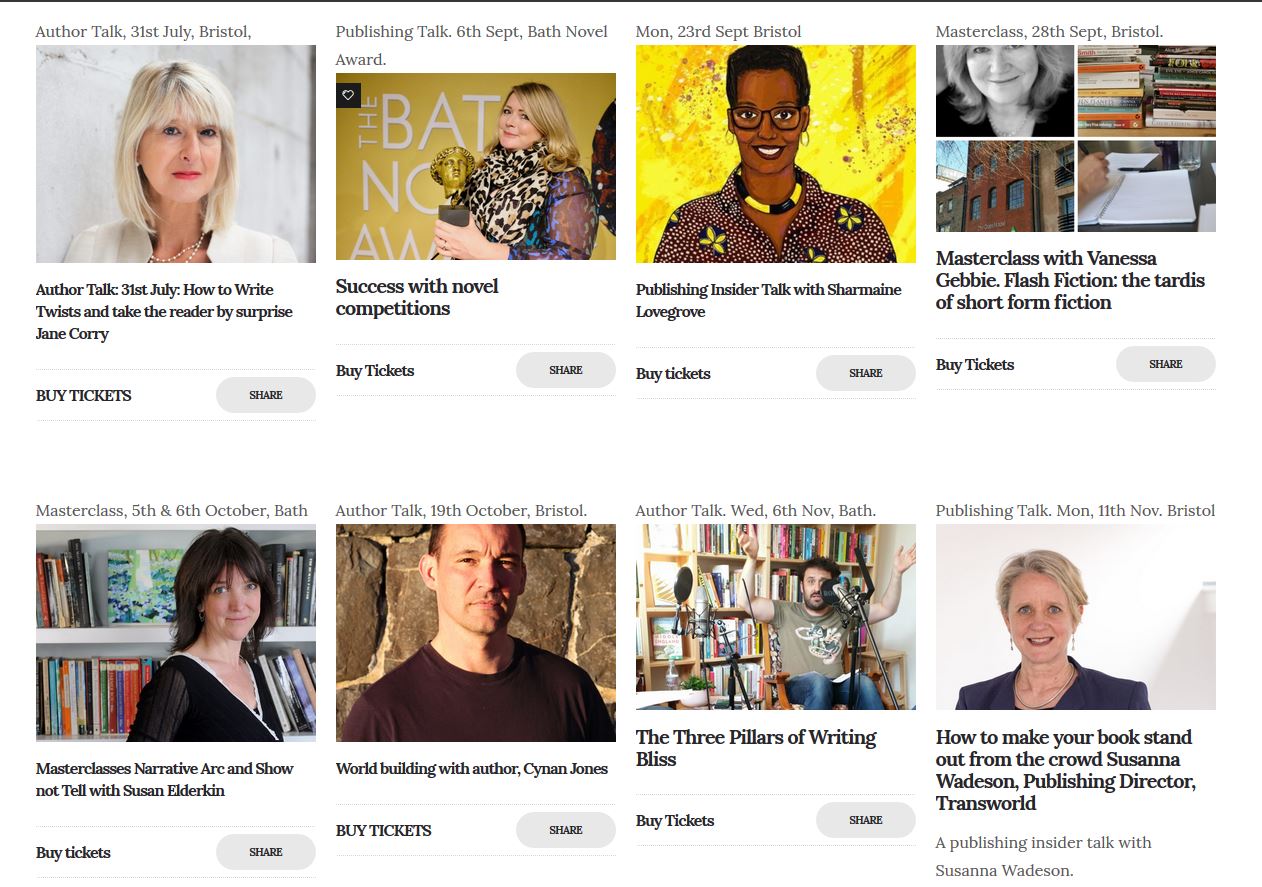
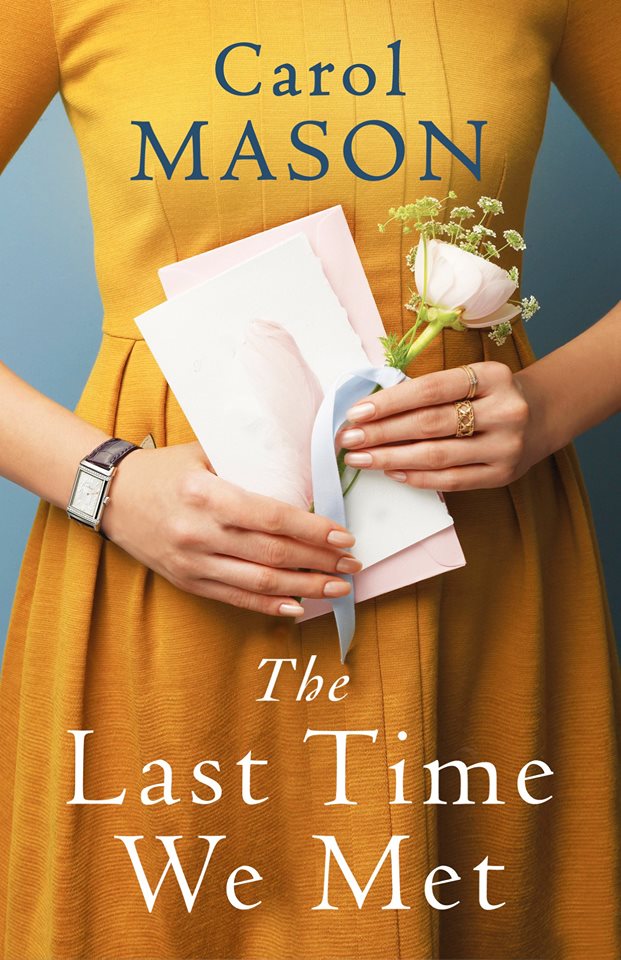
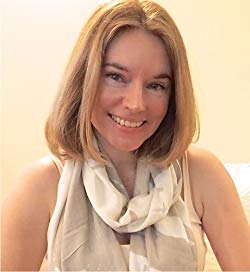

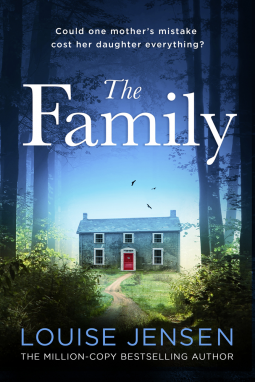 Genre:
Genre: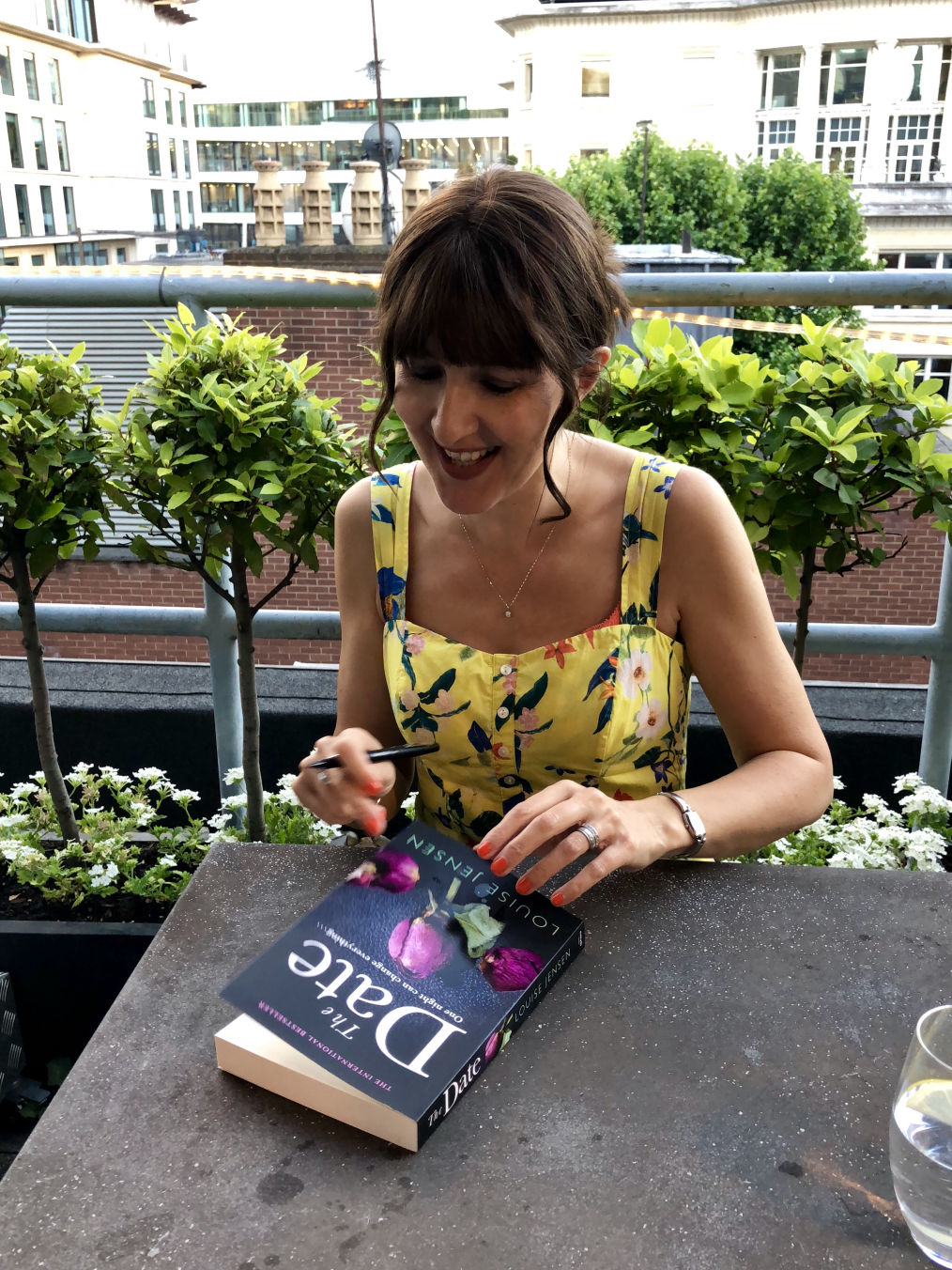 When I was little I was obsessed by Enid Blyton. Her characters were so real to me they became my friends. I often huddled under my covers, stifling my yawns and straining my eyes, as I read ‘just one more page’ by torchlight.
When I was little I was obsessed by Enid Blyton. Her characters were so real to me they became my friends. I often huddled under my covers, stifling my yawns and straining my eyes, as I read ‘just one more page’ by torchlight. 